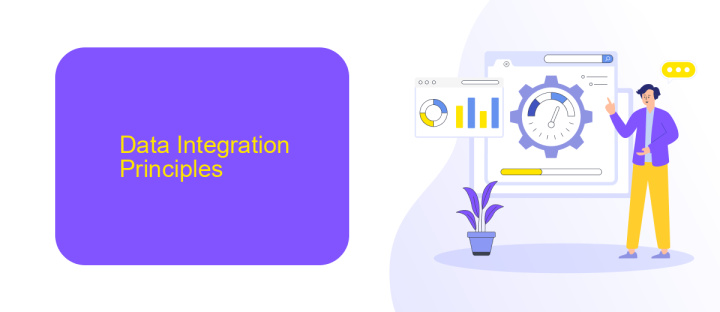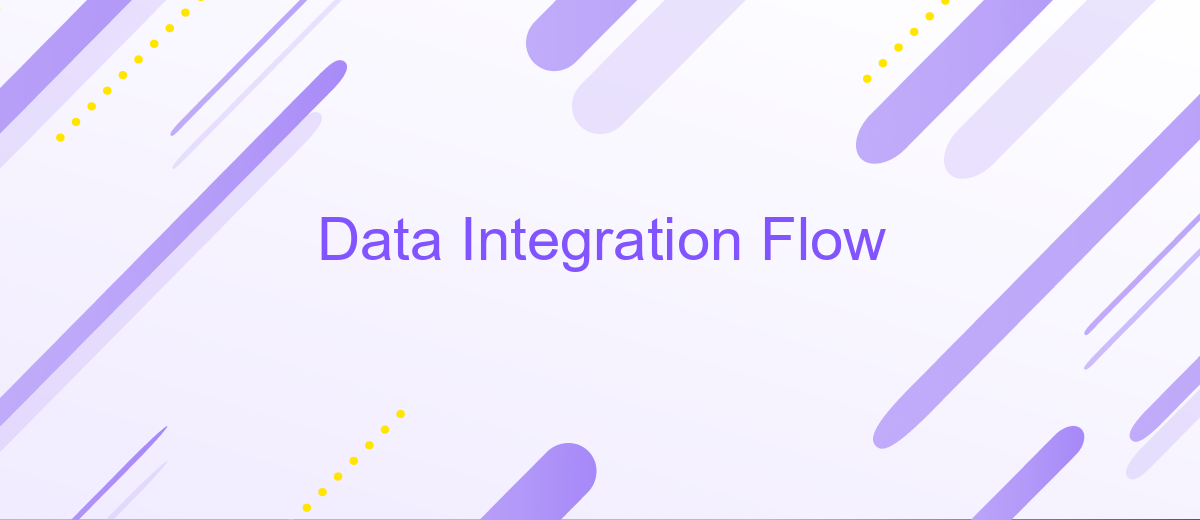Data Integration Flow
Data Integration Flow refers to the systematic process of combining data from various sources into a unified view, enabling seamless access and analysis. This integration is crucial for businesses to derive actionable insights, enhance decision-making, and maintain data consistency across multiple platforms. By understanding the flow, organizations can streamline operations, reduce redundancy, and ensure data integrity throughout the enterprise.
Introduction
In today's data-driven world, the ability to seamlessly integrate various data sources is crucial for businesses. Data integration flow involves the process of combining data from different sources into a single, unified view. This not only enhances data accessibility but also improves decision-making and operational efficiency.
- Combining data from multiple sources
- Ensuring data consistency and accuracy
- Streamlining data processes and workflows
One of the tools that can significantly simplify this process is ApiX-Drive. ApiX-Drive allows users to automate data integration without requiring extensive technical skills. By providing a user-friendly interface and pre-built connectors for various applications, ApiX-Drive enables businesses to set up data flows quickly and efficiently, ensuring that data is always up-to-date and readily available for analysis.
Data Integration Principles

Data integration principles revolve around the seamless amalgamation of data from various sources into a unified, coherent view. One fundamental principle is data consistency, ensuring that the integrated data maintains uniformity and accuracy across all platforms. This involves establishing robust data validation rules and synchronization mechanisms to prevent discrepancies. Additionally, data integration should prioritize scalability, allowing the system to handle increasing volumes of data without compromising performance. Employing efficient data transformation techniques is crucial to convert disparate data formats into a standardized structure, facilitating smoother integration processes.
Another core principle is interoperability, which emphasizes the need for integrated systems to communicate and function cohesively. Utilizing tools like ApiX-Drive can significantly streamline this process by automating data transfers between various applications and services, reducing manual intervention and potential errors. Security is also paramount, necessitating stringent access controls and encryption methods to safeguard sensitive data throughout the integration lifecycle. By adhering to these principles, organizations can achieve a holistic view of their data, enabling more informed decision-making and operational efficiency.
Tutorial

Data integration flow is a crucial process for businesses that need to consolidate information from various sources into a single, unified view. This tutorial will guide you through the basic steps to set up a data integration flow using ApiX-Drive, a powerful tool for automating data transfers between different platforms.
- Sign up for an ApiX-Drive account and log in to the dashboard.
- Select the source application from which you want to extract data.
- Authorize ApiX-Drive to access your data from the chosen source application.
- Choose the destination application where the data will be sent.
- Map the fields between the source and destination applications to ensure data consistency.
- Set up a schedule for the data transfer to occur automatically at specified intervals.
- Test the integration to make sure data is being transferred correctly.
- Activate the integration flow to start the automated data transfer process.
By following these steps, you can streamline your data integration process, reduce manual data entry, and ensure that your business operations run smoothly. ApiX-Drive simplifies the complexity of data integration, allowing you to focus on analyzing and utilizing your data effectively.
Use Cases

Data integration flows are essential for businesses that need to consolidate information from various sources into a single, unified view. These flows help in improving data accuracy, reducing redundancy, and enhancing decision-making processes. One such tool that facilitates seamless data integration is ApiX-Drive.
ApiX-Drive offers a user-friendly interface to set up integrations without requiring extensive technical knowledge. This service supports a wide range of applications and platforms, making it a versatile solution for different business needs. With ApiX-Drive, companies can automate data transfers, synchronize information in real-time, and streamline their workflows.
- Automating data synchronization between CRM systems and email marketing tools
- Integrating e-commerce platforms with inventory management systems
- Connecting social media channels with analytics tools for real-time insights
- Linking project management software with time tracking applications
By leveraging ApiX-Drive, businesses can save time and resources, allowing them to focus on core activities. The ability to automate repetitive tasks and ensure data consistency across multiple platforms significantly enhances operational efficiency. This makes ApiX-Drive an invaluable asset for modern enterprises looking to optimize their data integration processes.
Conclusion
In conclusion, the effective implementation of a data integration flow is critical for organizations seeking to streamline their operations and enhance decision-making processes. By ensuring seamless data connectivity between various systems and platforms, businesses can achieve a unified view of their data, leading to more accurate insights and improved operational efficiency. The use of automated tools and services, such as ApiX-Drive, can significantly simplify the setup and management of these integrations, allowing for real-time data synchronization and reducing the potential for human error.
Furthermore, the flexibility and scalability of modern data integration solutions enable organizations to adapt to evolving business needs and integrate new data sources with ease. As the volume and complexity of data continue to grow, leveraging robust integration platforms will become increasingly essential. By investing in comprehensive data integration strategies and utilizing advanced tools, companies can harness the full potential of their data, driving innovation and maintaining a competitive edge in the market.
FAQ
What is Data Integration Flow?
Why is Data Integration important?
What are the common challenges in Data Integration?
How can I automate Data Integration processes?
Can I integrate data without coding skills?
Time is the most valuable resource in today's business realities. By eliminating the routine from work processes, you will get more opportunities to implement the most daring plans and ideas. Choose – you can continue to waste time, money and nerves on inefficient solutions, or you can use ApiX-Drive, automating work processes and achieving results with minimal investment of money, effort and human resources.

